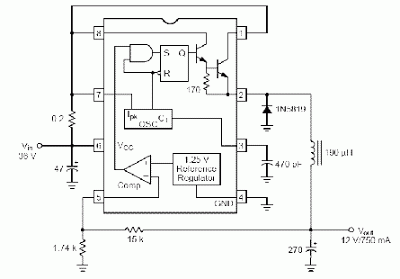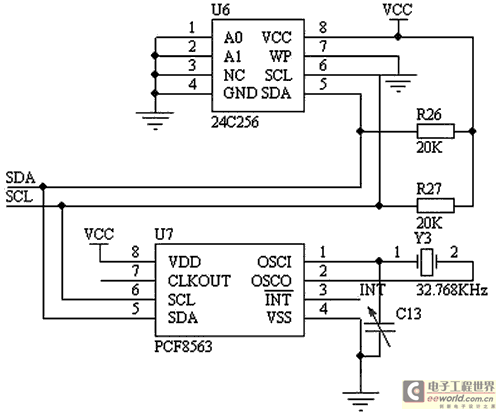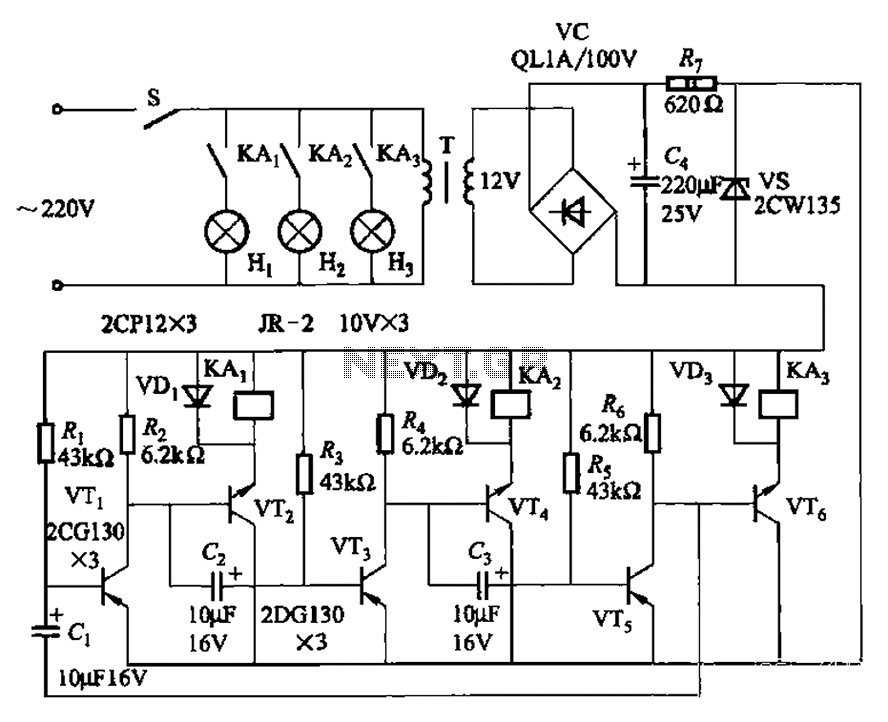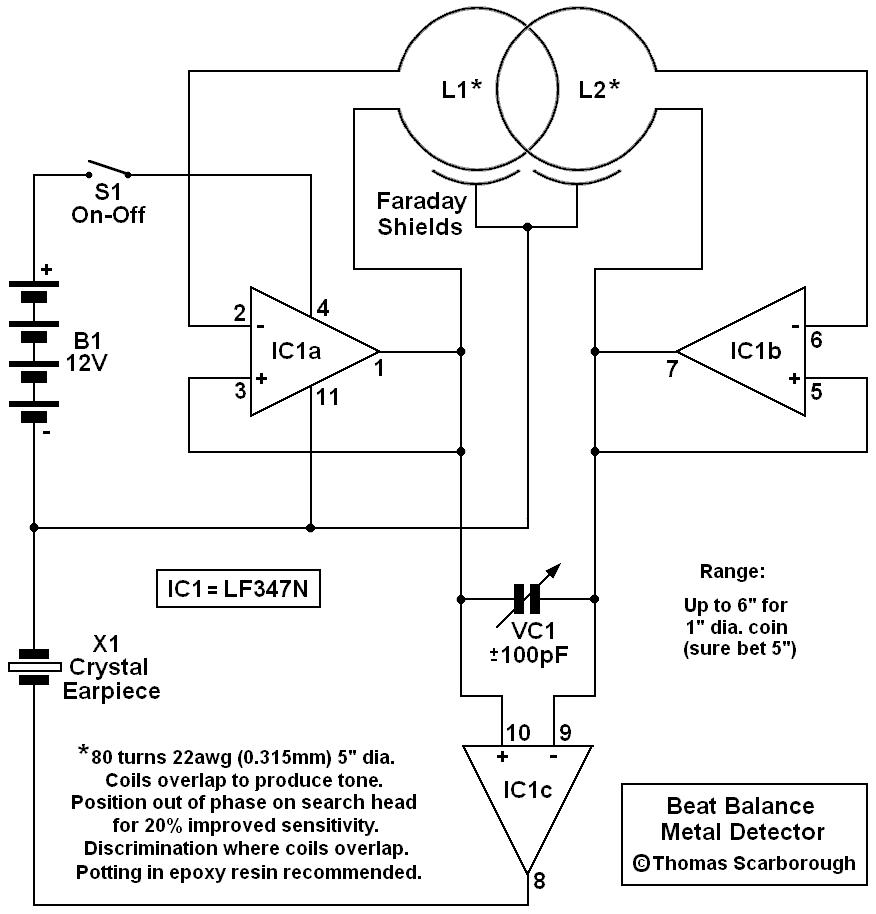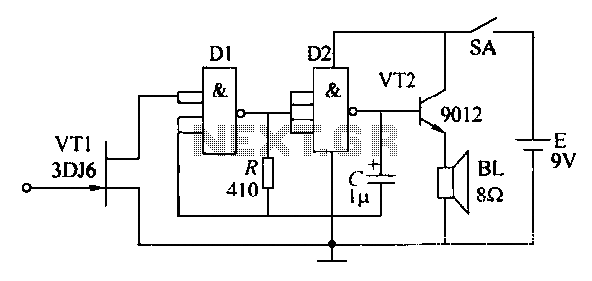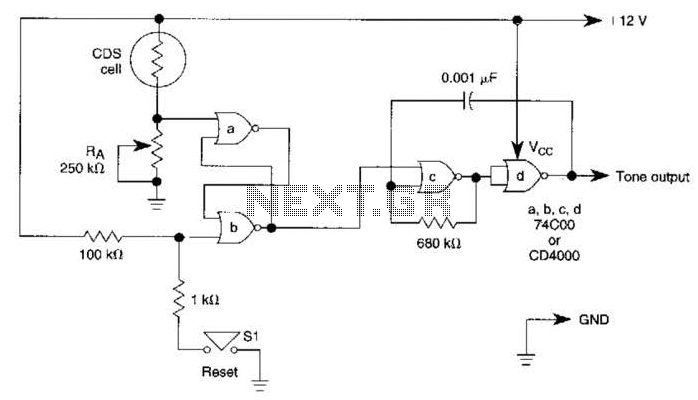
Automatic electronic refrigerator deodorant sterilization circuit

Automatic electronic refrigerator deodorant sterilization circuit
The automatic electronic refrigerator deodorant sterilization circuit is designed to eliminate odors and sterilize the interior of a refrigerator. This circuit typically employs a combination of sensors, microcontrollers, and sterilization techniques to achieve effective odor control and hygiene within the appliance.
The core of the circuit often includes an odor detection sensor, which can be a gas sensor or a humidity sensor, to monitor the internal environment of the refrigerator. Upon detecting an undesirable odor or high humidity levels, the microcontroller activates the sterilization process. This may involve the use of ultraviolet (UV) light, ozone generation, or ionization methods to neutralize odors and kill bacteria.
The circuit may also feature a timer or programmable settings that allow users to customize the operation frequency and duration of the deodorization process. Additionally, it could incorporate a user interface, such as an LED display or buttons, to provide feedback and allow for manual control.
Power management is another critical aspect, ensuring that the circuit operates efficiently without excessive energy consumption. It may include a low-power mode when the refrigerator door is closed for extended periods.
Overall, the automatic electronic refrigerator deodorant sterilization circuit enhances food preservation by maintaining a clean and odor-free environment, contributing to better hygiene and improved user satisfaction. Automatic electronic refrigerator deodorant sterilization circuit
The automatic electronic refrigerator deodorant sterilization circuit is designed to eliminate odors and sterilize the interior of a refrigerator. This circuit typically employs a combination of sensors, microcontrollers, and sterilization techniques to achieve effective odor control and hygiene within the appliance.
The core of the circuit often includes an odor detection sensor, which can be a gas sensor or a humidity sensor, to monitor the internal environment of the refrigerator. Upon detecting an undesirable odor or high humidity levels, the microcontroller activates the sterilization process. This may involve the use of ultraviolet (UV) light, ozone generation, or ionization methods to neutralize odors and kill bacteria.
The circuit may also feature a timer or programmable settings that allow users to customize the operation frequency and duration of the deodorization process. Additionally, it could incorporate a user interface, such as an LED display or buttons, to provide feedback and allow for manual control.
Power management is another critical aspect, ensuring that the circuit operates efficiently without excessive energy consumption. It may include a low-power mode when the refrigerator door is closed for extended periods.
Overall, the automatic electronic refrigerator deodorant sterilization circuit enhances food preservation by maintaining a clean and odor-free environment, contributing to better hygiene and improved user satisfaction. Automatic electronic refrigerator deodorant sterilization circuit
